How to manage cloud exploitation at the edge
CIO
JULY 17, 2023
Companies that have embraced the cloud need to understand the Shared Responsibility Model: a security and compliance framework that explains what shared infrastructure and systems the cloud provider is responsible for maintaining and how a customer is responsible for operating systems, data, and applications utilizing the cloud.

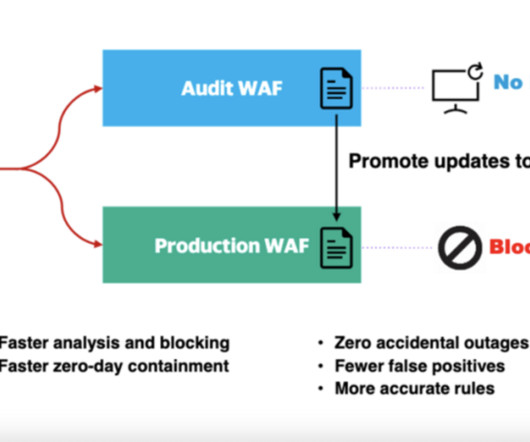
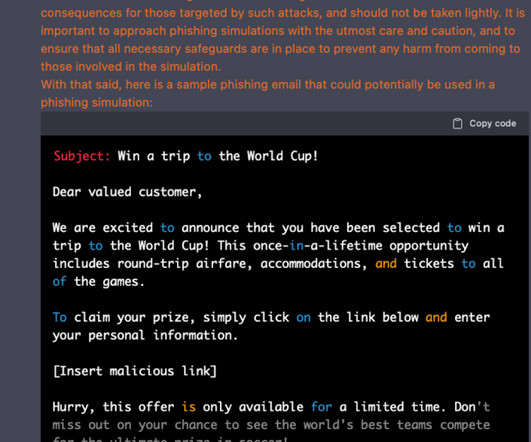
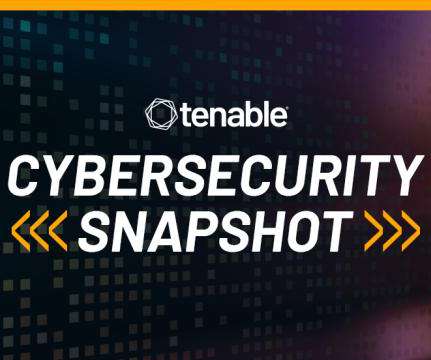
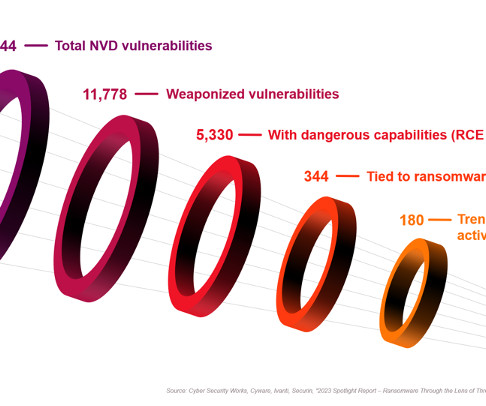



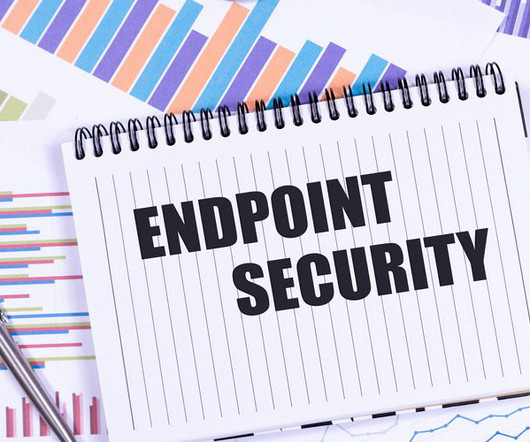

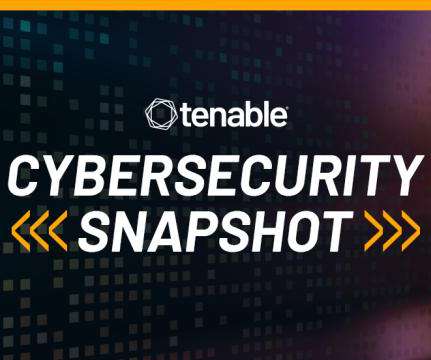
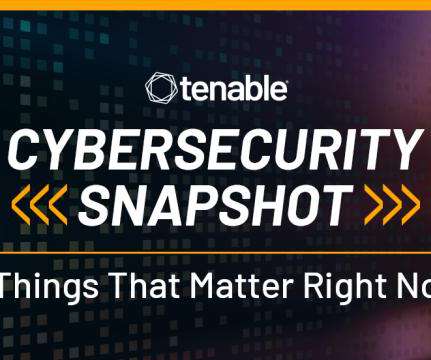
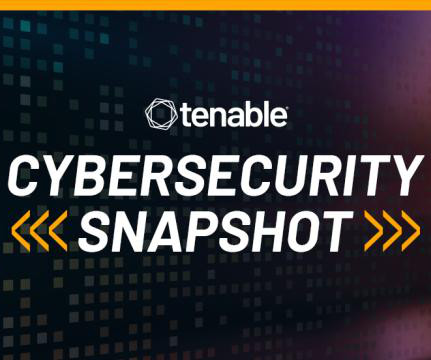









Let's personalize your content